Invented by Ilya Pankratov, Hagai Karchi, Evogene Ltd
Isolated polynucleotides and polypeptides play a crucial role in this endeavor. Polynucleotides are sequences of nucleotides that form the building blocks of DNA and RNA, while polypeptides are chains of amino acids that make up proteins. By isolating specific polynucleotides and polypeptides, scientists can manipulate and enhance plant traits to improve yield, disease resistance, and other desirable characteristics.
One of the key drivers of this market is the advancement in genetic engineering techniques. With the advent of technologies like CRISPR-Cas9, scientists can precisely edit the plant genome to introduce or modify specific polynucleotides and polypeptides. This has opened up new possibilities for developing crops with improved traits, such as increased yield, enhanced nutritional content, and resistance to pests, diseases, and environmental stressors.
The market for isolated polynucleotides, polypeptides, and their methods of use is not limited to large agricultural companies. It also presents opportunities for smaller biotech firms and research institutions to contribute to the development of novel solutions. These entities can focus on identifying and isolating specific polynucleotides and polypeptides that have the potential to enhance plant traits. They can then license or sell their discoveries to larger companies for further development and commercialization.
Another significant factor driving the market is the increasing demand for sustainable agriculture practices. As consumers become more conscious of the environmental impact of conventional farming methods, there is a growing interest in sustainable alternatives. Isolated polynucleotides and polypeptides offer a promising avenue for developing crops that require fewer chemical inputs, such as pesticides and fertilizers, while still maintaining high yields and desirable traits.
The market for isolated polynucleotides, polypeptides, and methods of using them for increasing plant yield and agricultural characteristics is not without challenges. One of the primary concerns is the regulatory landscape surrounding genetically modified organisms (GMOs). Different countries have varying regulations and public opinions regarding the use of GMOs in agriculture. This can pose hurdles for companies looking to commercialize their products on a global scale.
Additionally, there are ethical considerations surrounding the use of genetic engineering in agriculture. Critics argue that manipulating plant traits through genetic engineering may have unintended consequences and could disrupt natural ecosystems. It is crucial for companies operating in this market to address these concerns through rigorous testing, transparent communication, and adherence to regulatory guidelines.
Despite these challenges, the market for isolated polynucleotides, polypeptides, and methods of using them for increasing plant yield and agricultural characteristics holds immense potential. With the increasing demand for sustainable and high-yielding crops, coupled with advancements in genetic engineering technologies, this market is poised for significant growth. As scientists continue to unravel the complexities of plant genetics, we can expect to see further innovations that will revolutionize agriculture and contribute to global food security.
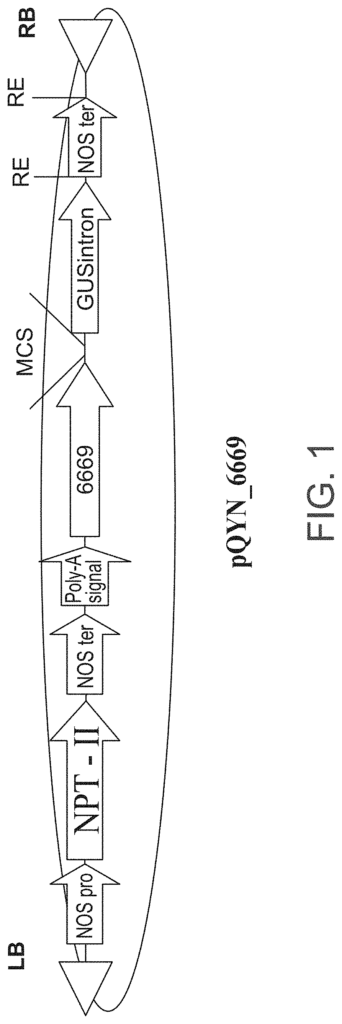
The Evogene Ltd invention works as follows
The invention provides isolated polypeptides that are at least 80 percent identical to the following SEQ IDs: 474-643; 645-679; 681-755; 4806-6390; 6395-6396.

Background for Isolated Polynucleotides, Polypeptides and Methods of Using Same for Increasing Plant Yield and/or Agricultural Characteristics
According to some embodiments, there is a method for increasing yield, harvest indice, growth rate, biomass, viability, oil content, seed yield, fiber yield, fiber quality, fiber length, photosynthetic ability, nitrogen use efficiency, and/or stress tolerance, by expressing in the plant a exogenous………………………………………………………………………………………………………………………………………………………………………………………………………………………………………………………………………………………………………………………………………………………………………………………………………………………………………………….
According to some embodiments, there is a method for increasing yields, harvest indices, growth rates, biomass and vigor of plants, oil content of seeds, fiber yields, fiber quality and fiber length of fibers, photosynthetic ability, nitrogen use efficiency and abiotic tolerance. This involves expressing in the plant a exogenous nucleotide containing a sequence of nucleic acids encoding polypeptides selected from SEQ ID Nos: 4806-6390
According to some embodiments, there is a method for producing a plant that includes growing a plant transformed with a exogenous nucleotide encoding a protein at least 80% identical (e.g.) to the amino-acid sequence, the plant being derived from plants selected for their increased yields, harvest indexes, growth rates, biomass, oil content and seed yields, fiber yields, fiber quality and fiber length. The crop plant also has the
According to some embodiments, there is a method for increasing yield, harvest indice, growth rate, biomass, vigor, oil content, seed yield, fiber yield, fiber quality, fiber length, photosynthetic ability, nitrogen use, and/or stress tolerance a plant. This involves expressing in the plant a exogenous nucleic sequence that is at least 80% similar to SEQ ID No: 1-170, 172-267, 269-424
According to some embodiments, there is a method for increasing yields, harvest indices, growth rates, biomasses, vigors, oil contents, seed yields, fiber yields, fiber quality and fiber lengths, photosynthetic capacities, nitrogen use efficiencies, and/or the abiotic tolerance of plants. This involves expressing in the plant a exogenous nucleotide containing the sequence of nucleic acids selected from SEQ ID Nos: 1-473 761-4804 4805
According to some embodiments, there is a method for producing a plant that includes growing a plant that has been transformed by an exogenous nucleotide, which contains a nucleic sequence at least 80% similar to the sequence chosen from the following SEQ ID Nos: 1-170; 172-267; 269-424; 426-473; 761-2486; 2489-2494 and 4804 and derived from plants selected for their increased yields, harvest indexes, growth rates, biomass
According to some embodiments, there is a polynucleotide that contains a nucleic sequence encoding polypeptide that is at least 80% similar to the amino acids sequence set forth in the following SEQ ID No:474-643. 645-679. 681-755. 757-760. 4806-6390. 6395-696. 6401-6895. 6897-749. 7251-7685. 7687-7693. 7695-7700. 7702 7702 7702 7702 7702 7702 7702 7702.
Accordingly, an aspect of certain embodiments of the invention, there is provided a isolated polynucleotide containing a nucleic sequence encoding polypeptide that contains the amino acid series selected from the group consisting SEQ ID Nos: 474-643; 645-760; 4806-6390; 6394-6398; 6400-7249; 7251-8134 and 8136-8163.
According to some embodiments, there is a polynucleotide that is at least 80% identical with SEQ ID Nos: 1-170; 172-267; 269-424; 426-473; 761-2486 2489-2494 2496-4803 4804 where the nucleic sequence is capable to increase yield, harvest index (or index of growth), biomass, vigor and oil content of a plant.
According to some embodiments of this invention, an isolated polynucleotide containing the nucleic acids sequence is provided. The group of SEQ ID Nos: 1-473 761-4804 4805.
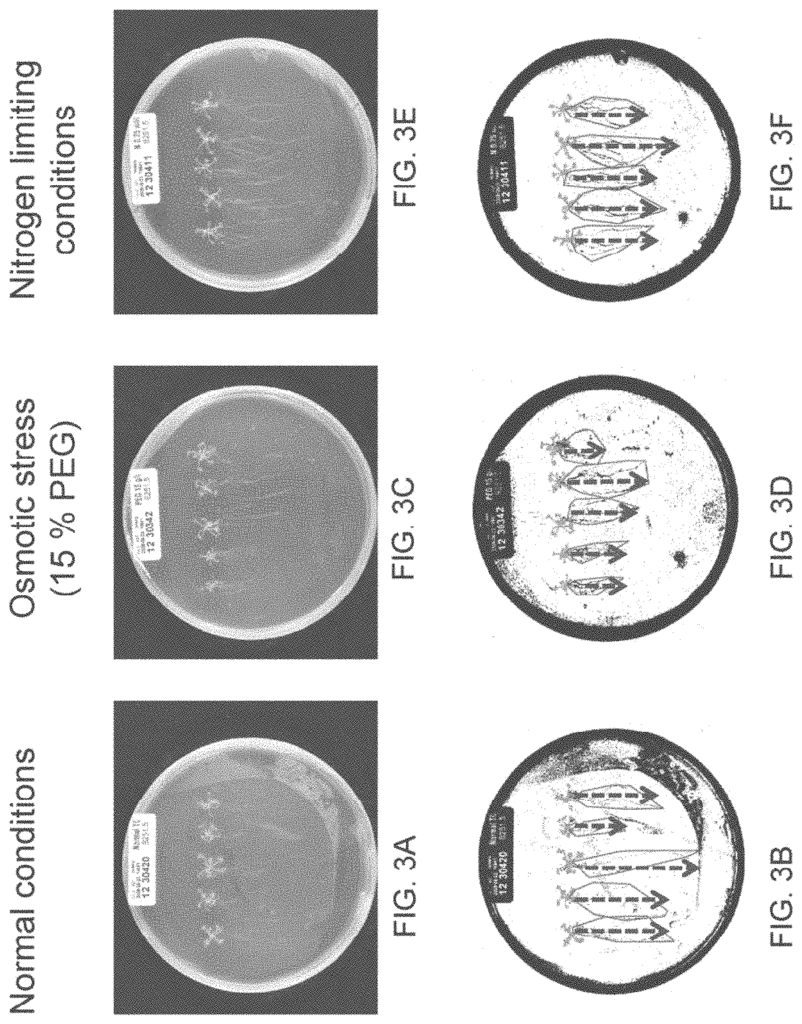
According to some embodiments, a nucleic-acid construct is provided that contains the isolated polynucleotide from some embodiments and a promoter used to direct transcription of the nucleic-acid sequence in the host cell.
According to some embodiments, there is provided a polypeptide containing an amino acid peptide sequence that is at least 80% similar to SEQ ID No: 474-643. 645-679. 681-755. 757-760. 4806-6390. 6395-6396. 6401-6895. 6897-749. 7251-7685. 7687-7700. 7702-7708, 710-7796. 7798-7840. 7842-7840
According to some embodiments of this invention, an isolated polypeptide containing the amino acid sequence is provided. This group includes SEQ ID Nos. 474-643, 645-760, 4806-6390, 6394 – 6398, 6400 – 7249, 7251-8134, 8136 – 8163 and 8164.
According to some embodiments, a plant cell is provided that exogenously expresses the polynucleotide or nucleic acid of certain embodiments.
According to some embodiments, a plant cell expressing exogenously the polypeptide in some embodiments is provided.
According to certain embodiments of the present invention, the nucleic acids encode an amino acid from the following group of SEQ ID Nos: 4806-6390 (SEQ IDs), 6400-7249 (SEQ IDs), 7251-8134 (8136-8163, and 8164).
According to some embodiments of this invention, there is a method for selecting a transformed species that has increased yield, harvest indexes, growth rates, biomass, vigor and oil content as well as seed yield, fibre yield, fiber quality and fiber length. This is compared to the wild type of the same plant grown under the exact same conditions.
(a), providing plants with an exogenous oligonucleotide that encodes a polypeptide containing an amino acid sytle at least 80% similar to the amino acid sytle selected from a group consisting SEQ ID Nos:474-643, 645-679, 681-755, 757 -760, 4806 -6390, 6406 -6895, 7251 -7685,7687
(b), selecting from the plants in step (a) one that has increased yield, harvest index and growth rate as well as biomass, vigor and oil content. This plant will also have a higher fiber yield, fibre quality, fiber length fiber length, photosynthetic ability, nitrogen use efficiency or abiotic stress tolerence compared to the wild type of the same plant grown under the exact same conditions.
thereby selecting the plants with the higher yield, harvest indexes, growth rates, biomass, vigor and oil content as well as the seed yield, fibre yield, quality of fiber, fiber length, photosynthetic ability, nitrogen use efficiency and/or abiotic stresses tolerance compared to wild type plants of the same species that are grown under the similar growth conditions.
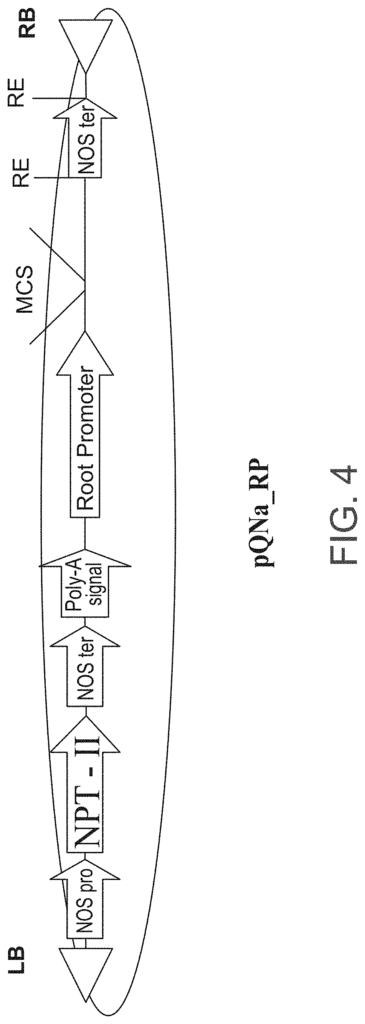
According to some embodiments of this invention, there is a method for selecting a transformed species that has increased yield, harvest indexes, growth rates, biomass, vigor and oil content as well as seed yield, fibre yield, fiber quality and fiber length. This is compared to the wild type of the same plant grown under the exact same conditions.
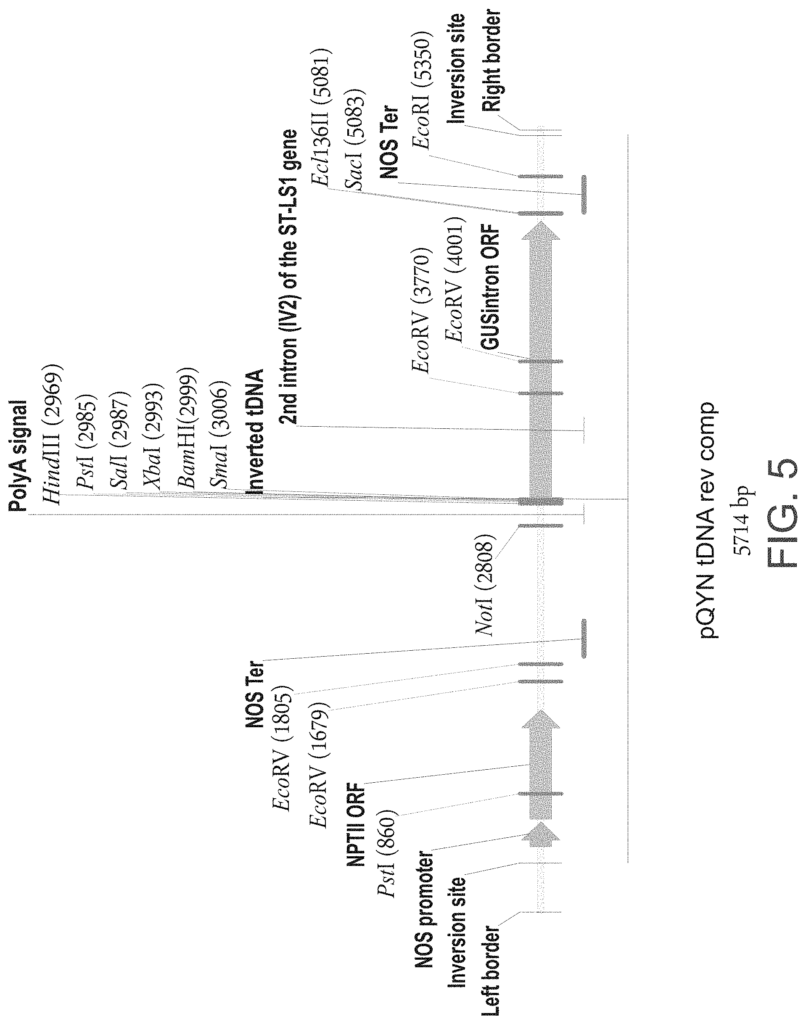
Click here to view the patent on Google Patents.
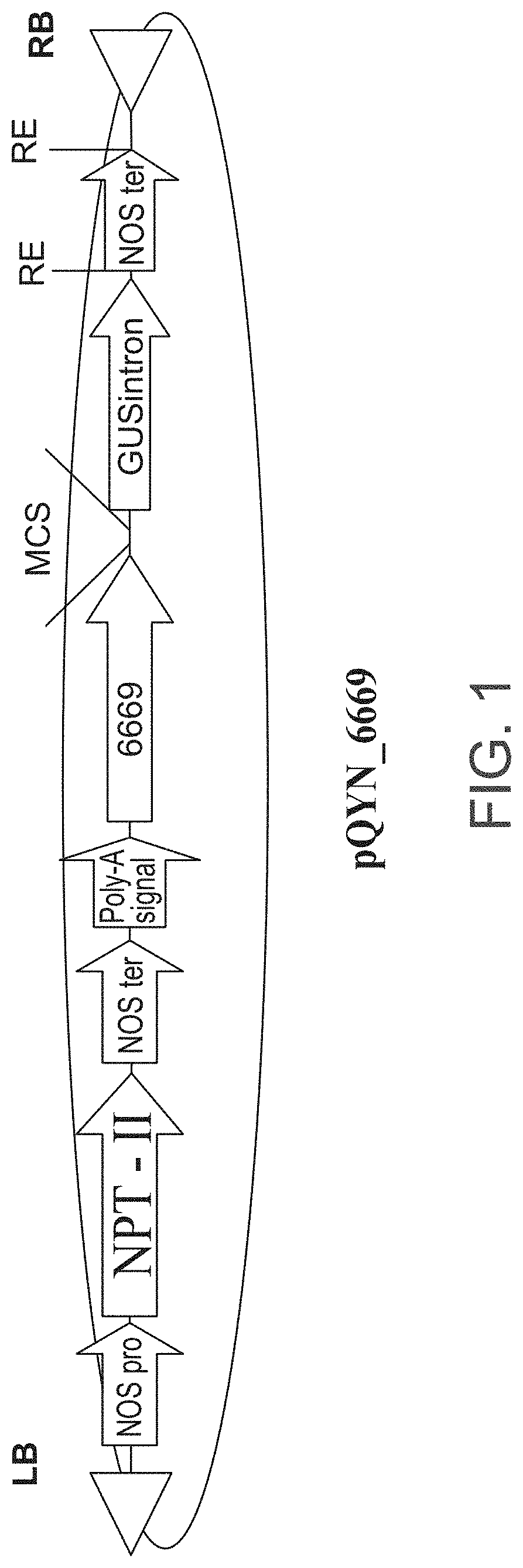
Leave a Reply